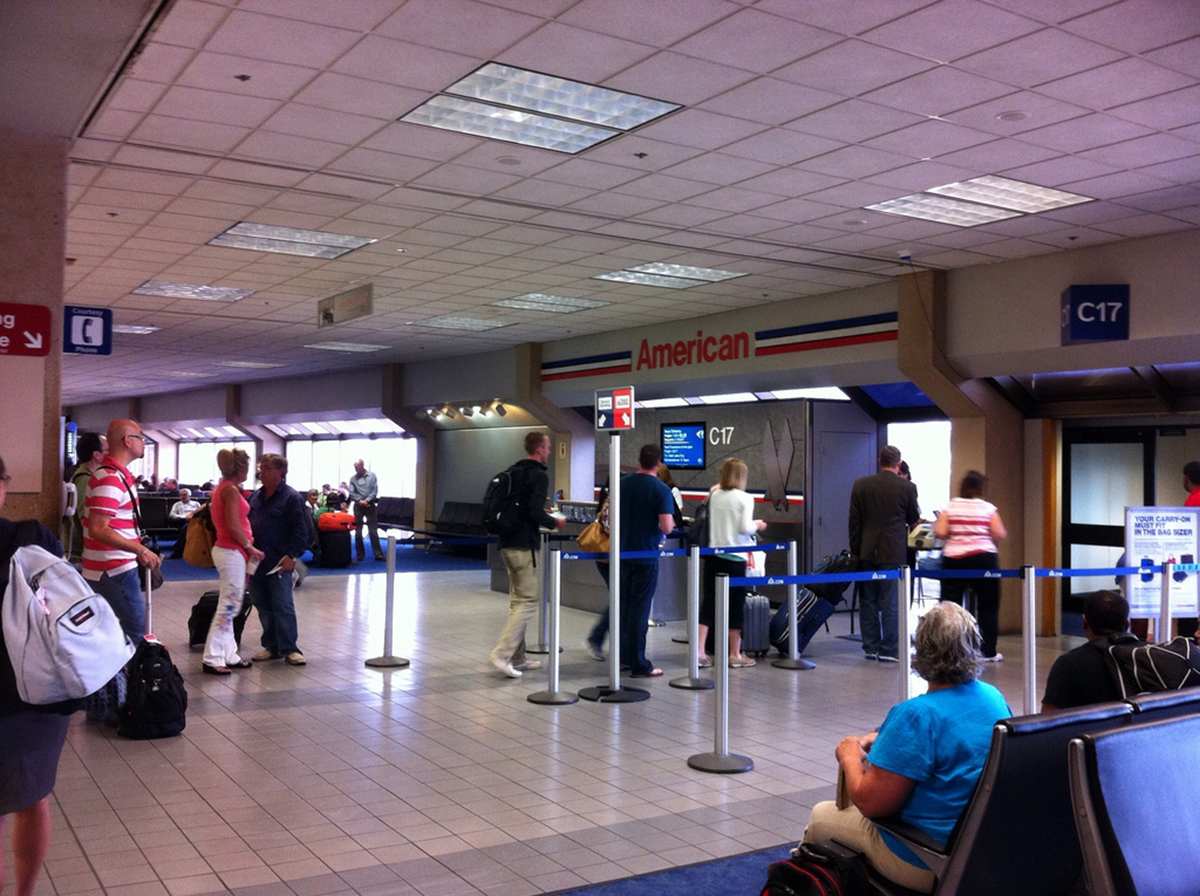America is a great place to visit. It has a vibrant culture, vast spaces, spectacular sights, and unique internationally famous attractions all its own.
America is bad place, unfortunately, to get sick. Americans struggle to pay for medical care, and even a simple emergency room visit can cost $2 thousand, $5 thousand, $10 thousand, or more, if you don't have insurance, and prescription medications cost up to 10 times more than they do in other countries.

Emergency Care in the USA Is a Legal Right for Everyone
It is a well-know fact that public emergency rooms in the United States are required to see any patient who comes in the door without consideration of his or her ability to pay. For many uninsured Americans, emergency rooms are the provider of last resort when no other clinics or doctors will see them.
The fact that an emergency room is required to see you, however, does not mean you will like it. Waits of three, five, and ten hours are not uncommon. In inner-city public hospitals, you may be ushered into a semi-private examination bay with only a plastic curtain separating you from a patient who has come in with projectile vomiting, or a person who has been threatening suicide, or an accident victim who receives a surgical procedure just an arm's length away from you. You won't have privacy for changing your clothes, going to the toilet, or discussing the most private matters with your doctor. And you'll be presented a bill for services before you are allowed to walk out the door. This unpleasant emergency room, however, may be part of a hospital offering the best surgical services for trauma patients--all of whom are seen before walk-in patients--in the state or region of the country.
Wealthier Cities Tend to Have Very Pleasant, and Very Expensive, Emergency Rooms
In some wealthier suburbs, the ER experience is quite different. You may be ushered into a room with walls and a door, a flat-screen TV, a telephone, a comfortable bed, a private bathroom, and meal service. In these facilities, however, the bill is even higher--although you may not be asked for any payment at all before you leave.
American hospitals usually will be very reasonable in making arrangements for payment--just don't abuse the system. And if at all possible, arrange for an inexpensive insurance policy that at least covers emergency care for accidents, usually available for no more than $30 for a 30-day stay, before you arrive.
The bottom line on emergency room care in the USA is that even though emergency care is available to anyone who needs it, you'll still be handed a bill. Don't plan on using emergency rooms. Every visitor to the USA should take out a traveler's insurance policy.
Medical Services For Longer-Term Visitors To The USA
If you are a citizen of Canada, your HealthCanada Blue Cross-Blue Shield card will be honored all over the United States. If you are visiting the United States from any other country, however, you will need to make arrangements for medical care before you arrive if you visit is long enough to require a green card.

Even if you are not required to purchase health insurance before you enter the country, you should make arrangements for ongoing care of chronic conditions for any visit of over 30 days.
Cash Payments Are Always Appreciated
Many American doctors welcome patients who pay cash, and offer steep discounts from their usual charges if you pay in cash. (Most doctors belong to Medicare systems so that they cannot charge you more or less than certain fixed amounts based on the length of time your care takes.) If you have a cold, or a urinary tract infection, or you need to get a prescription refilled, it is best to ask an American friend, a tourist information center, or your hotel concierge where to find a doctor who will see private "cash-pay" patients. Often you can get a same-day appointment in a clean, comfortable office with a private exam room with caring, competent, and polite staff. Many cities have "urgent care" or "walk-in" clinics. Some pharmacies and even supermarkets have "minute clinics" staffed by nurse practitioners or physician assistants who are authorized to treat routine health problems and also to write certain prescriptions.
A typical office visit costs at least $50 and up to $150 in most cities, more in San Francisco, New York, and Honolulu. Make sure you advise the clinic that you are not insured so they will not run unnecessary and expensive tests in expectation of getting your insurance to pay for them.
Get Your Prescriptions as Generics
Another peculiarity of the American healthcare system is that hundreds of drugs are available for just $4 (at Walmart) or $5 (at most other pharmacies) for a 30-day supply, while some drugs cost as much as $500 for a bottle that only lasts 30 days. The difference is whether the drug is available as a generic, prescribed by its chemical name, or as brand, prescribed by the company name.
If you present a prescription for an expensive, brand-name medication, the pharamcy will automatically, by law, provide you with a lower-cost alternative, unless your physician writes or checks "no substituions" on your prescription. However, only prescriptions written by physicans licensed in the USA are accepted in the USA, so you'll either need to see a physician in your home country who has a US license (which is much easier in Canada and the UK) or you will need to make an appointment with a doctor once you get to the USA to get new prescriptions. Customs officials usually allow visitors to enter the country with a 90-day supply of medications for personal use.
Special Issues for Diabetic Travelers
The 50 states of the United States have different rules for sales of insulin syringes. Pharmacies in New Hampshire, for example, absolutely will not sell syringes without a prescription, even though no prescription is required for insulin. Other states don't require a prescription for syringes, but require a prescription for insulin. And in some states like Texas, there is no prescription requirement for either insulin or syringes, but you may be asked to demonstrate your knowledge of how to use an insulin syringe and you may be required to ask for the appropriate size (3/10 cc, 5/10 cc) and gauge (29 or 30, the higher the number of the gauge, the thinner the needle).
Diabetics are advised to carry a supply of syringes for their entire visit, plus some form of diabetic identification, such as a letter in English from a doctor or a diabetic First-Alert bracelet.
- Bacaner N, Stauffer B, Boulware DR, Walker PF, Keystone JS. Travel medicine considerations for North American immigrants visiting friends and relatives. JAMA. 2004 Jun 16. 291(23):2856-64.
- Gurgle HE, Roesel DJ, Erickson TN, Devine EB. Impact of traveling to visit friends and relatives on chronic disease management.J Travel Med. 2013 Mar. 20(2):95-100. doi: 10.1111/jtm.12010. Epub 2013 Jan 31.
- Photo courtesy of Grant Wickes by Flickr : www.flickr.com/photos/grantwickes/7417128656/


Your thoughts on this